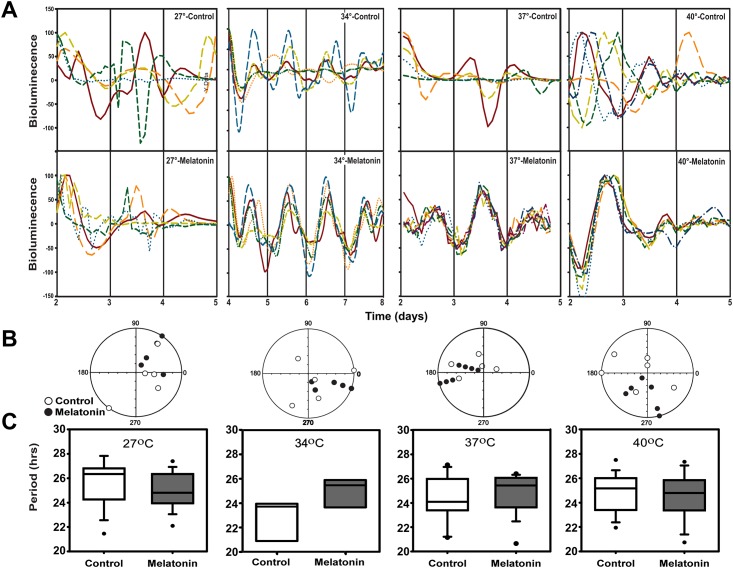Fig 3. Bioluminescence recording of MotA::luxcdabe transformed E. aerogenes confirms a temperature compensated circadian rhythm.
A) Normalized bioluminescence rhythms from control-treated (top panels) and melatonin-treated (bottom panels) cultures show circadian rhythms at (from left to right) 27° (n = 5/treatment), 34° (n = 5/treatment), 37° (n = 5 control and 7 melatonin-treated) and 40° (n = 6 control and 6 melatonin-treated). Time scales represent days after plates were inoculated with bacteria, which varied in the amount of time needed to stabilize and begin outgrowth. B) Periodogram analysis-derived peak phases of rhythmic cultures from (A) reveal that control-treated cultures (white circles) show greater variation in peak phase than melatonin-treated cultures (black circles), which are more synchronized at all three temperatures. C) Periods of rhythms varied between 22 and 28 hours among temperature and melatonin treatments, but were not significantly affected by temperature or melatonin.

